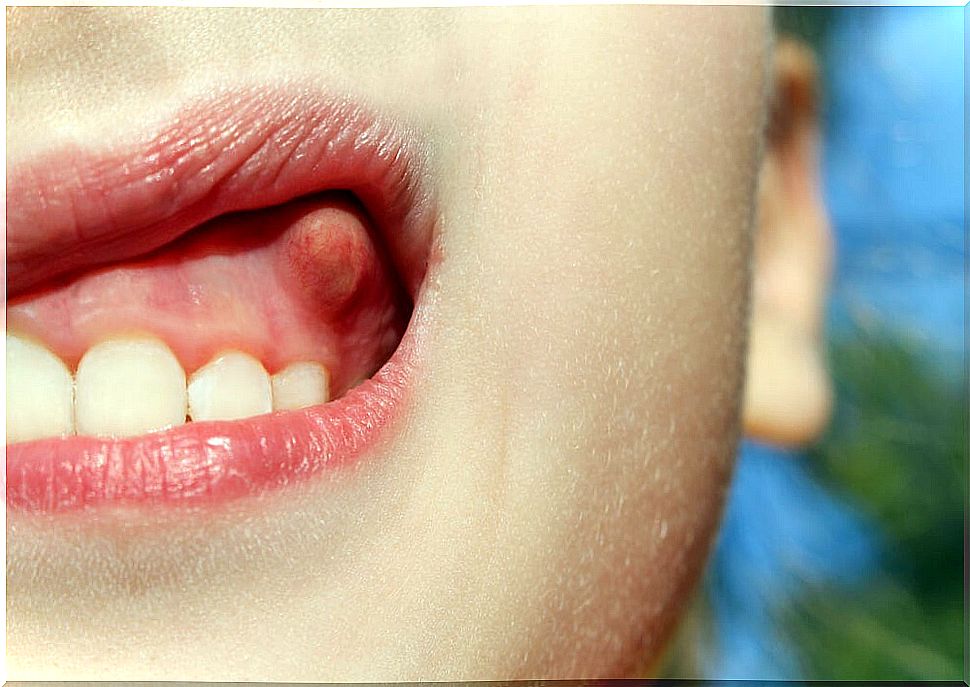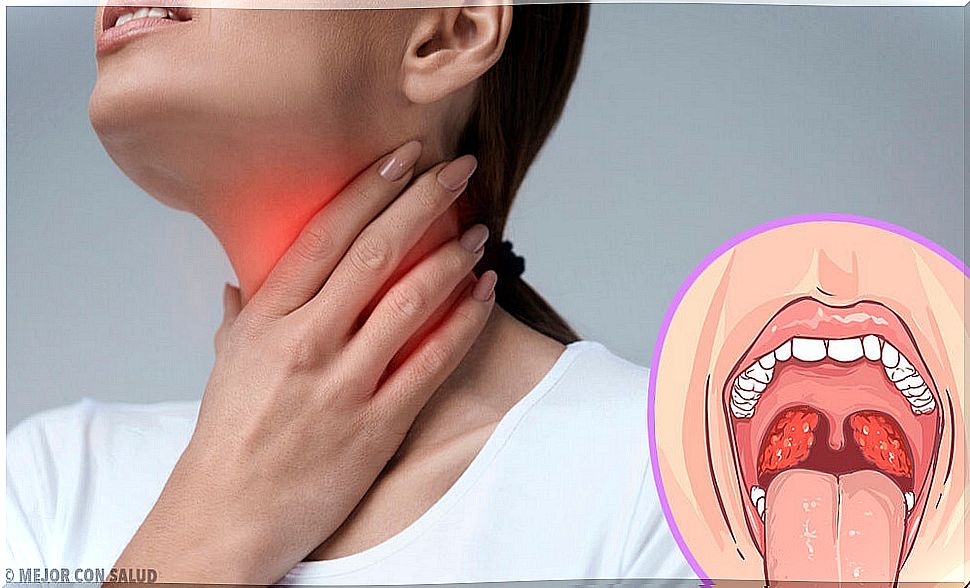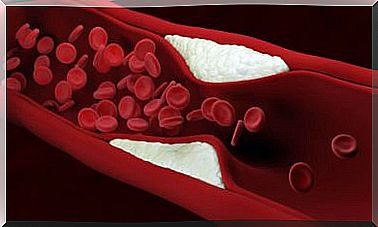What Is A Tooth Abscess And How Should It Be Treated?
Dental abscess should always be treated by a specialist. Even if it bursts spontaneously. Improper treatment of it can lead to serious complications and even death.

A tooth abscess is a fairly common medical condition, it can occur at any age. It is a situation that must be addressed as soon as possible, to avoid complications.
It is basically defined as an infection that takes place in the teeth or gums. It causes great discomfort, especially sharp, stabbing pain, which gets worse as time goes on.
Usually the first thing that occurs is inflammation of the gums. When this happens, it is best to carefully explore the area for possible pockets of pus. If these are present, it means that there is a dental abscess.
What is a tooth abscess?

Tooth abscess can be defined as a collection of pus due to a bacterial infection. This can occur in different parts of the teeth and for various reasons. It usually takes place at the root of the tooth or between the gum and the teeth.
This infection fills with pus and gradually becomes inflamed and more painful each time. This means that the infection goes through several stages.
The dental abscess tends to spread over the surrounding areas. Sometimes it spreads to the mouth, face, jaw, or throat. In the most severe cases, the abscess blocks the airways.
Taking as a point of reference the cause that produces them, dental abscesses are divided into two types:
- Periapical abscess. When it forms under the tooth and is caused by poorly treated cavities or trauma to the teeth. Is the most usual way.
- Periodontal abscess. It occurs when it appears in the tissues that support the tooth, that is, in the gums or bone.
Characteristics and causes
Inflammation is a sign that the body has managed to isolate the infection. The pus pocket is a concentration of white blood cells together with viruses, bacteria and pathogens that have been attacked by our immune system. So, in principle, tooth abscess is a defensive response of the body.
Periapical dental abscess occurs when bacteria have invaded the deepest part of the tooth, that is, the dental pulp. In this case, the pathogens enter through a cavity or a crack and advance until they reach the root of the tooth.
Usually this happens because cavities have not been properly treated. Also when proper dental hygiene is not performed, or when there is a diet excessively rich in sugars or sugary foods.
In the case of periodontal abscess, this is due to the presence of a foreign body in the root of the tooth, or some type of irregularity or abnormality in it. All this facilitates bacterial colonization.
Symptoms and diagnosis

Pain is the most characteristic symptom of a tooth abscess. This one is intense, persistent and throbbing. Many times it extends to the jaw area, or to the ear. There is also hypersensitivity to heat or cold, and to pressure when chewing.
Likewise, there is inflammation on the cheek or face. In many cases there is a fever and the lymph nodes in the neck or jaw may become swollen. On the other hand, there are outbreaks of unpleasant taste and smell, as well as the presence of salty liquid in the mouth.
Usually the dentist makes the diagnosis after a review of the area. Only in some cases will he order an X-ray, to determine the level of spread of the infection. If there is spread, an MRI will likely be ordered.
Treatment of dental abscess
Treatment for a tooth abscess is aimed at eradicating the infection. To achieve this, the dentist may take some of the following steps :
- Drain the abscessed tooth. In this case, a small incision will be made in the abscess so that the pus will come out. Then he will clean the area with a saline solution.
- Perform endodontics. It consists of making a hole in the tooth, removing the dental pulp and draining the abscess. Then fill and seal the pulp cavity as well as the root canals of the tooth. Usually the tooth is covered with a crown.
- Antibiotics. When the infection has already spread, antibiotics will most likely be prescribed to prevent further spread. The same is true if the patient has a weakened immune system.
- Extraction. If there is no other option, the tooth is extracted to stop the infection.
Sometimes the abscessed tooth bursts spontaneously. Still, it is necessary to visit the dentist. After applying the treatment of the case, the prognosis is good. When fluid is not drained from the abscess, the infection can spread elsewhere and even cause sepsis, which is life-threatening.








